The Nagarjunasagar Wildlife Sanctuary in Andhra Pradesh is spread across five distinct districts of Andhra Pradesh. Bordered by the Annamalai hills in the south and the Krishna River in the east, the Nagarjun Sagar Wildlife Sanctuary covers an area of 3,560 sq km. Within the area of the sanctuary is the temple town of Srisailam visited by a number of pilgrims. The Nagarjunasagar -Srisailam Wildlife sanctuary is the largest tiger reserve in India. The conservation history of the Nagarjunasagar Wildlife Park mainly dates back to 1973 when it was declared a protected area.
The Conservation History of Nagarjunasagar Wildlife Sanctuary
In the pre independence era, the southern half of the Nagarjunasagar wildlife sanctuary was controlled by the British while the rulers of the princely state of Hyderabad used the Northern part of the Reserve as their royal hunting ground. The forest path of Nagarjunasagar had been open for human visits since pilgrims from all over used to cut through forest routes to reach the pilgrim centre at Srisailam. In 1973, the area came under protection and was declared a wildlife sanctuary. Later it came under the Tiger Project, during 1983. The Nagarjunasagar -Srisailam sanctuary was renamed the Rajiv Gandhi Wildlife Sanctuary in the year 1992. Use of fire arms, chemicals, littering thrash and use of polythene packets are strictly prohibited. Using radio or tape recorders is also prohibited to prevent any disturbance caused to the animal lives.
Best India Wildlife Tours
List Of Popular Wildlife Sanctuaries In South India
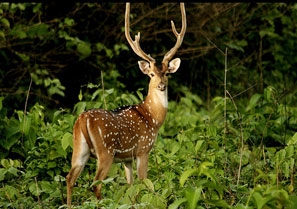 Kabini Wildlife Sanctuary
Kabini Wildlife Sanctuary  B R Hills Wildlife Sanctuary
B R Hills Wildlife Sanctuary  Dandeli Wildlife Sanctuary
Dandeli Wildlife Sanctuary 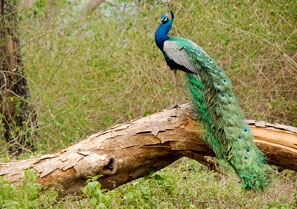 Mudumalai Wildlife Sanctuary
Mudumalai Wildlife Sanctuary 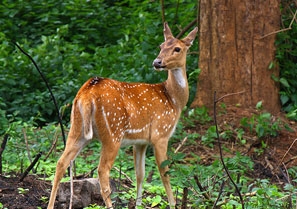 Wayanad Wildlife Sanctuary
Wayanad Wildlife Sanctuary 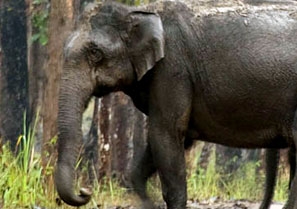 Aralam Wildlife Sanctuary
Aralam Wildlife Sanctuary  Peechi Vazhani Wildlife Sanctuary
Peechi Vazhani Wildlife Sanctuary  Peppara Wildlife Sanctuary
Peppara Wildlife Sanctuary 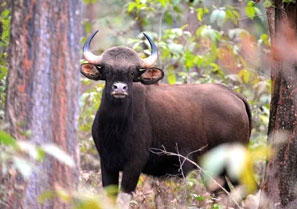 Shendurni Wildlife Sanctuary
Shendurni Wildlife Sanctuary 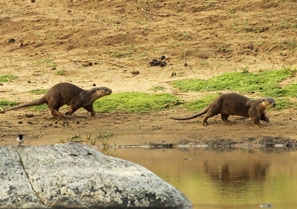 Cauvery Wildlife Sanctuary
Cauvery Wildlife Sanctuary 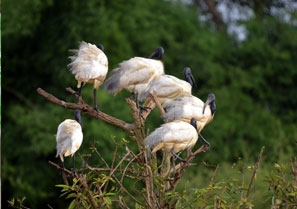 Gudavi Bird Sanctuary
Gudavi Bird Sanctuary  Kolleru Lake Bird Sanctuary
Kolleru Lake Bird Sanctuary  Manjira Wildlife & Bird Sanctuary
Manjira Wildlife & Bird Sanctuary  Pakhal Wildlife Sanctuary
Pakhal Wildlife Sanctuary  Papikonda Wildlife Sanctuary
Papikonda Wildlife Sanctuary  Pocharam Forest Sanctuary
Pocharam Forest Sanctuary  Pranhita Wildlife Sanctuary
Pranhita Wildlife Sanctuary 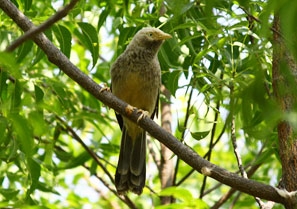 Rollapadu Bird Sanctuary
Rollapadu Bird Sanctuary 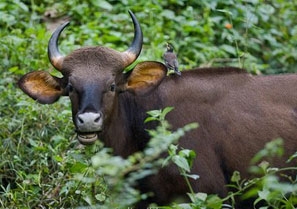 Parambikulam Wildlife Sanctuary
Parambikulam Wildlife Sanctuary  Bhadra Wildlife Sanctuary
Bhadra Wildlife Sanctuary  Krishna Wildlife Sanctuary
Krishna Wildlife Sanctuary  Sivaram Wildlife Sanctuary
Sivaram Wildlife Sanctuary 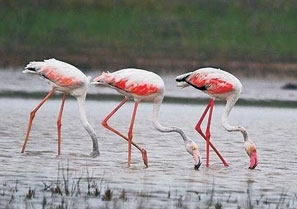 Pulicat Sanctuary
Pulicat Sanctuary 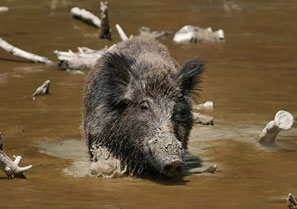 Srilanka Malleswara Sanctuary
Srilanka Malleswara Sanctuary  Chinnar Wildlife Santuary
Chinnar Wildlife Santuary  Idukki Wildlife Sanctuary
Idukki Wildlife Sanctuary  Neyyar Wildlife Sanctuary
Neyyar Wildlife Sanctuary  Rajamala Wildlife Sanctuary
Rajamala Wildlife Sanctuary  Coringa Wildlife Sanctuary
Coringa Wildlife Sanctuary 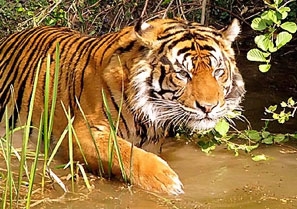 Eturnagaram Sanctuary
Eturnagaram Sanctuary  Gundla Brahmeswara Sanctuary
Gundla Brahmeswara Sanctuary  Kaundinya Wildlife Sanctuary
Kaundinya Wildlife Sanctuary  Kawal Wildlife Sanctuary
Kawal Wildlife Sanctuary  Kinnerasani Wildlife Sanctuary
Kinnerasani Wildlife Sanctuary 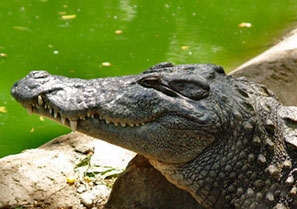 Crocodile Bank Tamil Nadu
Crocodile Bank Tamil Nadu  Kalakkadu Wildlife Sanctuary
Kalakkadu Wildlife Sanctuary  Mundanthurai Wildlife Sanctuary
Mundanthurai Wildlife Sanctuary  Point Calimere Wildlife Sanctuary
Point Calimere Wildlife Sanctuary  Srivilliputhur Grizzled Squirrel Wildlife Sanctuary
Srivilliputhur Grizzled Squirrel Wildlife Sanctuary  Vallanadu Black Buck Wildlife Sanctuary
Vallanadu Black Buck Wildlife Sanctuary






